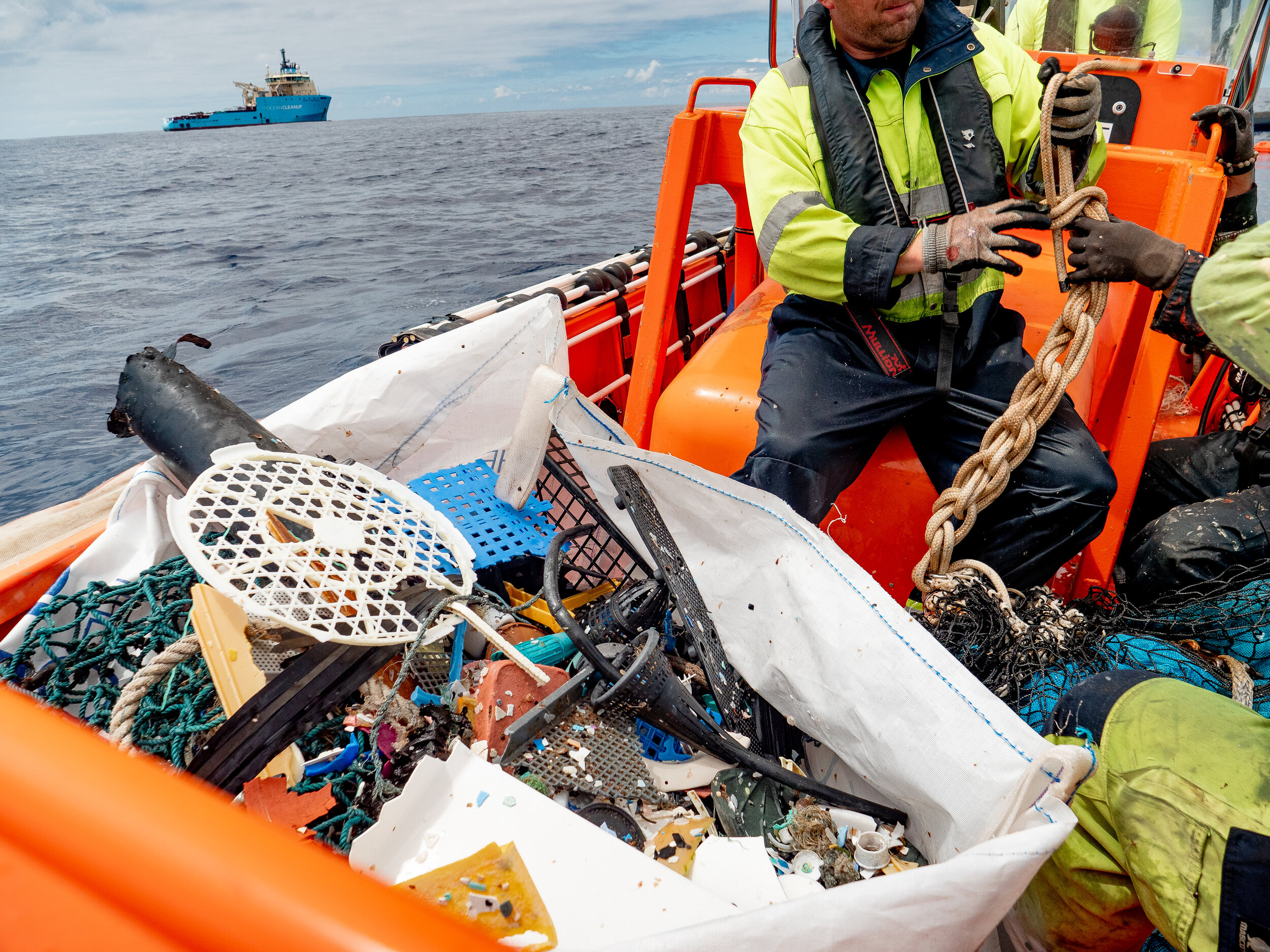Significant increase in plastic pollution with over 170 trillion plastic particles afloat in the ocean.
Significant increase in plastic pollution with over 170 trillion plastic particles afloat in the ocean.
The amount of plastic pollution in the world's oceans is rapidly increasing, with the latest estimate indicating that there are now more than 170 trillion plastic particles afloat. This situation calls for immediate and urgent solutions to address the problem.
In response to the growing awareness and concern about plastic pollution, institutions worldwide are looking for ways to prevent it. One crucial aspect of this effort is the need for accurate and consistent data on the extent of plastic pollution, which is currently lacking. To address this gap, researchers compiled data on floating ocean plastics from both existing and new sources, covering a period from 1979 to 2019. Their analysis estimates that there are currently between 82 and 358 trillion plastic particles weighing 1.1 to 4.9 million tonnes in the ocean's surface layer. The study found that there was no clear trend in plastic pollution levels until 1990, followed by a stagnant but fluctuating trend until 2005, and a rapid increase since then. The observed acceleration of plastic pollution in the world's oceans, as well as on beaches worldwide, underscores the need for urgent policy interventions on a global scale.
The study discusses the importance of understanding plastic pollution in the world's oceans and the challenges in quantifying its mass and trends. Despite previous estimates, data gaps and variability make it challenging to establish a trend for plastic pollution in the ocean surface layer (OSL). However, some studies suggest long-term increases in plastic pollution, while others do not show any evidence of a rise. To address this, the authors evaluate a global dataset to estimate the temporal tendencies of plastic concentrations in the global OSL and call for urgent and effective solutions based on an overview of international policy measures.
The Ocean Cleanup
The authors used a compiled dataset of 11,777 stations from published and unpublished sources, primarily from peer-reviewed manuscripts and data from the 5 Gyres Institute expeditions, to analyze plastic abundance and distribution in the OSL. Multiple methods of sea-surface sampling were used, and data were filtered to include samples with a lower mesh size range between 53μm and 505μm. The authors manually separated microplastics from natural debris and counted them individually before weighing them together. Count data was computed by dividing the total count of plastics collected by the surface area of water that the trawl went through, and mass was estimated using a common conversion rate reported in the literature.
The study assigned each of the 11,777 stations to one of six ocean basins and corrected the data on ocean-surface concentrations for wind and wave effects using the ERA-Interim Project wind dataset and the Kukulka et al. equation. The expected ocean concentrations were derived by Lagrangian modeling of surface drifters for the year 2016 with a spatial resolution of 1°. The data were scaled and centered within each ocean basin as a stable time reference to correct spatial sampling biases.
The authors used a model to estimate temporal trends in plastic abundance and distribution in the ocean surface-layer (OSL) in different basins. They corrected for wind and basin effects, and non-detects by treating zeros as censored observations. They fit a generalized additive model between log-transformed observed concentration and expected concentration and modeled residuals from this model to explore support for a time trend. They estimated the average concentration change through time by multiplying the mean concentration observed by the reverse log-transformed residual fit. They used the model to calculate daily global plastic quantity weighted by observed mean plastic concentrations for each year in terms of particle count and mass.
The study found a significant increase in plastic abundance in the ocean since the turn of the century, with a consistent and rapid increase from 2005 onwards. The estimated number of plastic particles afloat in 2019 was 82-358 trillion (mean = 171 trillion), weighing 1.1-4.9 million tonnes (mean = 2.3 million tonnes). The study used an oceanographic model to estimate concentrations by location and accounted for biases due to under-sampling, site selection, and wind. The study's approach allowed for the extraction of a time trend without having to build a full spatio-temporal model.
The study found a significant increase in global ocean abundance and distribution of plastics in the OSL since the turn of the century. However, there was no clear detectable trend from 1979 to 1990, and from 1990 to 2005, concentrations of plastic fluctuated during a trendless period. The stagnating trend prior to 2006 may have benefitted from policy measures implemented during and just before that period, while the rapid increase from 2005 onwards may reflect exponential growth of plastic production as it relates to inputs or changes in terrestrial waste generation and management. The study highlights the need for more sampling in data-poor regions and greater attention to the southern hemisphere to better identify spatial and temporal trends. The increase in plastic waste is largely due to the international trade of low-value waste plastics that remain as mismanaged waste in the receiving country and increased emissions of plastic waste from large fishing fleets and artisanal fisheries.
The increasing abundance of plastic in the ocean requires urgent international policy interventions to prevent further ecological, social, and economic harm. Current international policies are fragmented, lack specificity and measurable targets, and are non-binding and voluntary, which is not effective in stemming the tide. The New Global Economy Commitment, which advocates for private-sector self-regulation, is not enough to address the problem. Economic barriers to recycled plastic continue to make virgin plastics more cost-effective, which undermines circular economic principles and global policy interventions intended to reduce the most polluting plastic products and packaging.
The study concludes that global increases in plastic production result in dramatic increases in plastic pollution, highlighting the urgent need for effective global governance. Member states have adopted a resolution to establish a legally binding global agreement that addresses the full life-cycle of plastic by 2024. The study suggests that the strength of the treaty will depend on commitments by member states and whether measures focus on the full life cycle of plastics. Environmental recovery of plastic has limited merit, and solution strategies must address systems that restrict emissions of plastic pollution in the first place. Standardized monitoring frameworks and binding and enforceable international agreements are the best long-term global solutions to prevent the emissions of plastic pollution.


